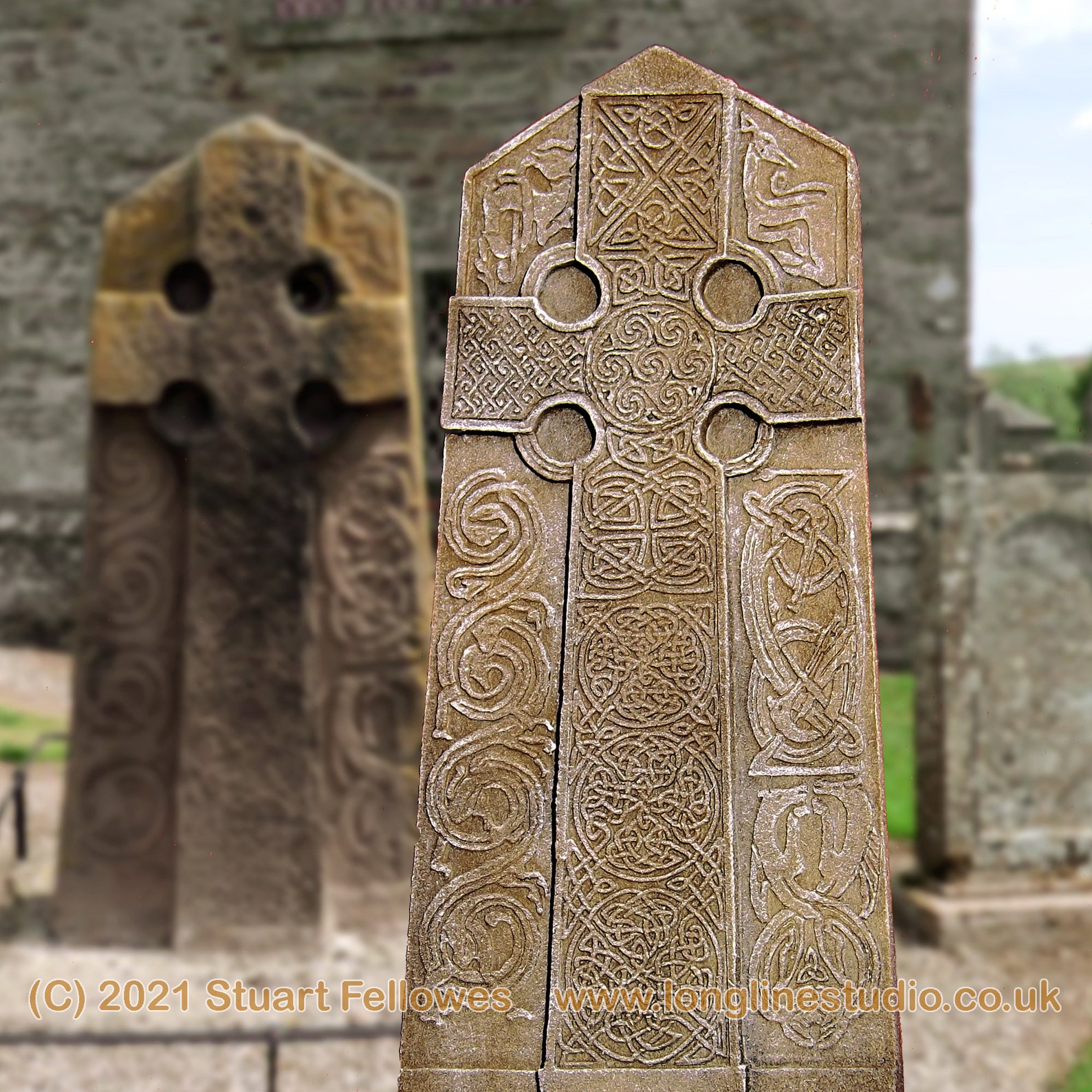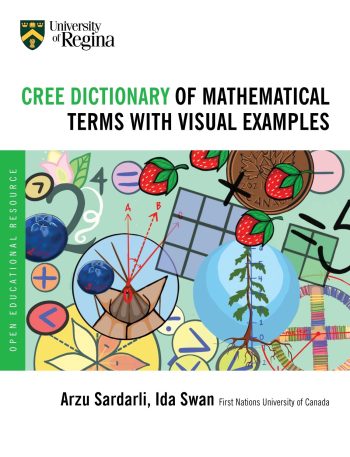Last night while watching a video related to The First Astronomers, I came across a clip in which Australian elder Uncle Ghillar Michael Anderson indicates that indigenous dendroglyphs (markings on trees) or petroglyphs (markings on stone in the stony territories) are the libraries of the Indigenous peoples who always relate (associate) their stories from the markings back up to the sky (stars, constellations).
These markings remind me of some of those found on carved stone balls in neolithic European contexts described by Dr. @LynneKelly in The Memory Code and Memory Craft and carvings on coolamon in Knowledge and Power.
Using the broad idea of the lukasa and abstract designs, I recently bought a small scale version of the Aberlemno Pictish Cross as a small manual/portable memory palace, which is also an artwork that I can hang on the wall, to use to associate memories to the designs and animals which are delineated in 18 broad areas on the sculpture. (Part of me wonders if the communities around these crosses used them for mnemonic purposes as well?)

Is anyone else using abstract designs or artwork like this for their memory practice?
Anyone know of other clever decorative artworks one could use and display in their homes/offices for these purposes?
For those interested in the archeological research on dendroglyphs in Australia:
- The Western Yalanji dendroglyph: The life and death of an Aboriginal carved tree
- Review: The Dendroglyphs or ‘Carved Trees’ of New South Wales by Robert Etheridge (Content warning: historical erasure of Indigenous culture)

